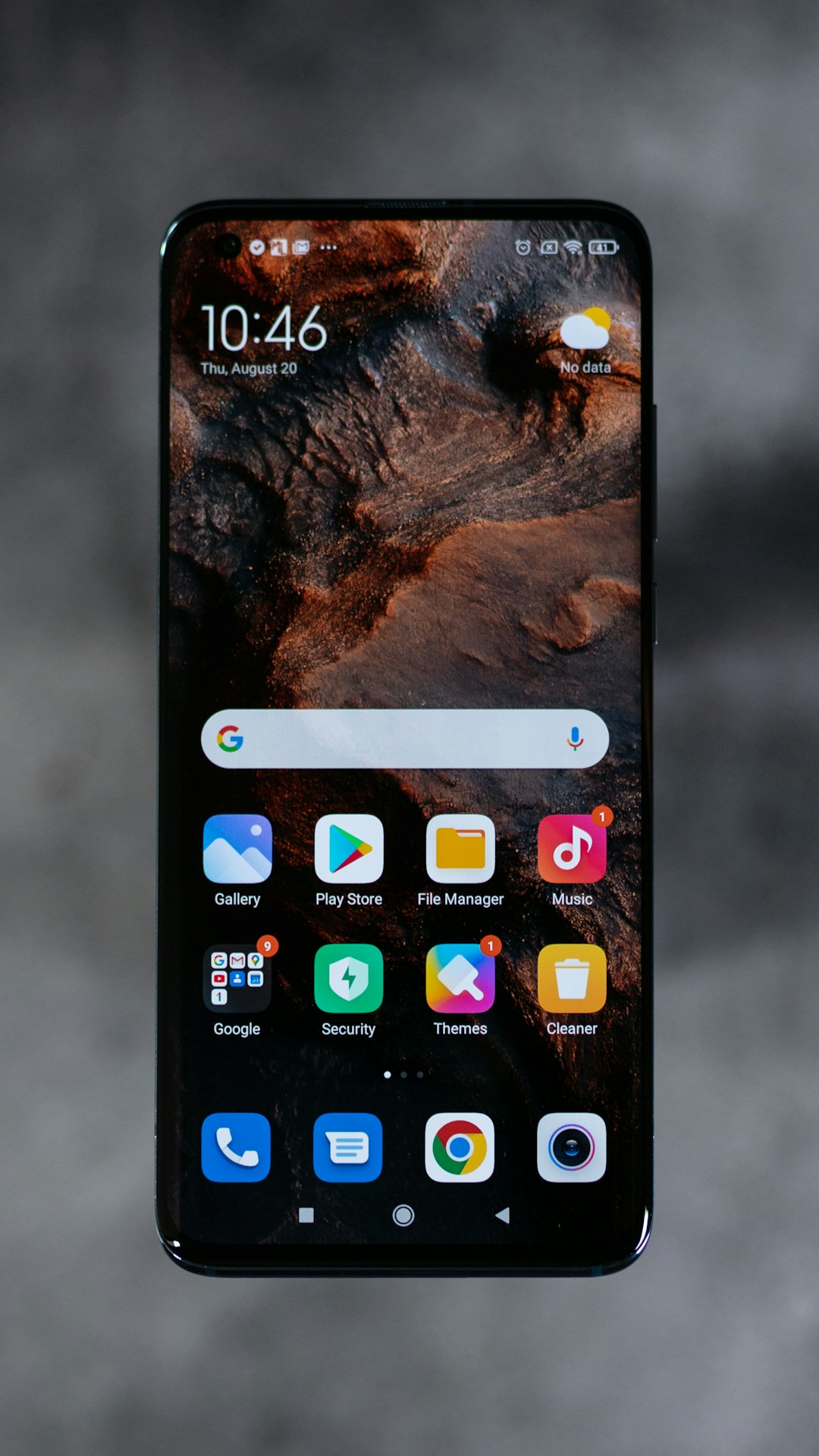In today's digital age, electronic messaging has transformed global communication, with text messages and instant chat apps offering unprecedented speed and accessibility compared to traditional methods. Law firms in metropolitan areas like New York have adapted their outreach strategies, moving beyond Do Not Call lists and snail-mail. They now employ sophisticated digital tactics, leveraging electronic messaging to engage with potential clients promptly and professionally. The digital transformation has revolutionized legal communication, shifting from document-centric emails and meetings to instant messaging apps for dynamic, efficient, and real-time interactions. Effective legal text messages require conciseness, proper grammar, and clear conveyance of sensitive information without ambiguity, respecting modern communicators' preferences and Do Not Call laws in New York. Best practices include sending concise, well-structured messages in plain language, avoiding jargon, personal questions, or misperceived greetings, while adhering to explicit consent requirements for automated calls to maintain client relationships and avoid penalties.
In today’s digital age, electronic messaging has become an indispensable tool for communication, particularly within legal professions. This article explores the modern communication landscape, focusing on text-based interactions. We delve into the evolution of texting in law firms, highlighting its transformative impact. From understanding key elements to navigating legalities like New York’s Do Not Call laws, this guide offers best practices and dos/don’ts for professional texting. Discover how effective legal messaging can enhance client relationships while adhering to essential regulatory frameworks.
Understanding Electronic Messaging: The Modern Communication Landscape
In today’s digital age, electronic messaging has become the primary mode of communication for folks across the globe. From text messages to instant chat apps, this modern landscape offers unprecedented speed and accessibility. The evolution from traditional mail and phone calls reflects a societal shift towards immediate and efficient information exchange.
Understanding this evolving environment is crucial, especially in areas like legal services. For instance, in New York or any metropolitan, bustling city, law firms are no longer solely reliant on Do Not Call lists or snail-mail for client outreach. Instead, they employ sophisticated digital strategies, leveraging electronic messaging to connect with potential clients promptly and effectively. This shift demands a corresponding evolution in communication etiquette, ensuring clarity, professionalism, and respect for the preferences of modern communicators.
The Evolution of Text-Based Communication in Law Firms
The evolution of text-based communication within law firms has mirrored the broader shift in digital interaction, transforming how legal professionals connect and collaborate. In the past, communication was primarily document-centric, with lawyers relying on emails and fac-to-face meetings. However, the advent of electronic messaging platforms has brought about a game-changer in legal communications. These platforms offer a more dynamic and efficient way to exchange information, enabling quick responses and seamless teamwork.
Law firms in New York, and across the globe, have embraced this shift, moving away from traditional call systems and adopting text-based communication tools. This evolution is particularly evident in the rise of instant messaging apps that facilitate direct conversations among colleagues. Such platforms enhance productivity by allowing for real-time document sharing, quick decision-making, and streamlined case management. This new approach to legal communications has set a standard for efficiency and accessibility, ensuring that law firms can adapt to the fast-paced demands of modern legal practice.
Key Elements of Effective Legal Text Messaging
In today’s digital age, legal communication through text messaging has become increasingly prevalent, especially with many law firms adopting non-voice methods to interact with clients. When it comes to crafting effective legal text messages, several key elements deserve attention to ensure clarity and professionalism. One of the most important aspects is conciseness; legal texts should be direct and to the point, avoiding unnecessary jargon or complex language that might confuse recipients. This is particularly crucial when dealing with sensitive matters in New York or any other jurisdiction.
Additionally, ensuring proper grammar and spelling is vital. Even a minor error can reflect poorly on the sending party, potentially undermining credibility. Using clear and defined shortcuts or emojis can enhance readability, but only when done judiciously and appropriately for the context. Remember, while brevity is essential, providing all necessary information without ambiguity is equally critical to prevent misunderstandings.
Best Practices for Professional Texting: Do's and Don'ts
When using electronic messaging for professional communication, it’s essential to adhere to best practices to maintain a clear and respectful tone. Do Not call law firms New York unless it’s absolutely necessary—a simple text message is not the appropriate channel for such direct contact. Instead, focus on concise and well-structured messages that convey your message effectively. Keep paragraphs short, use plain language, and avoid jargon or overly complex sentences to ensure your recipient understands your message immediately.
Do’s include using a professional greeting and signing off with a polite closure. Always proofread your messages for spelling and grammar errors before sending them out. Respect the recipient’s time by being direct and to the point. Don’ts involve sending lengthy, rambling texts or asking personal questions unless the context clearly allows it. Refrain from using all capital letters as it’s perceived as shouting, and avoid excessive use of emojis or abbreviations that might misinterpret your message in a professional setting.
Navigating the Do Not Call Laws: Implications for New York Law Firms
In the digital age, while electronic messaging has become ubiquitous, especially for legal practices in New York, it’s crucial to navigate the complex landscape of Do Not Call laws. These regulations are designed to protect consumers from unwanted phone calls and have significant implications for Do Not Call law firms in New York. Firms must ensure they comply with these rules to avoid penalties and maintain client relationships.
New York’s Do Not Call laws, like federal regulations, require businesses to obtain explicit consent before making automated or prerecorded calls. Law firms often use automated systems for outreach, but they must be cautious. Failure to adhere to these guidelines can result in consumer complaints and legal repercussions. Therefore, it’s essential for New York-based law offices to implement robust opt-out mechanisms and maintain accurate records of client consent preferences.






